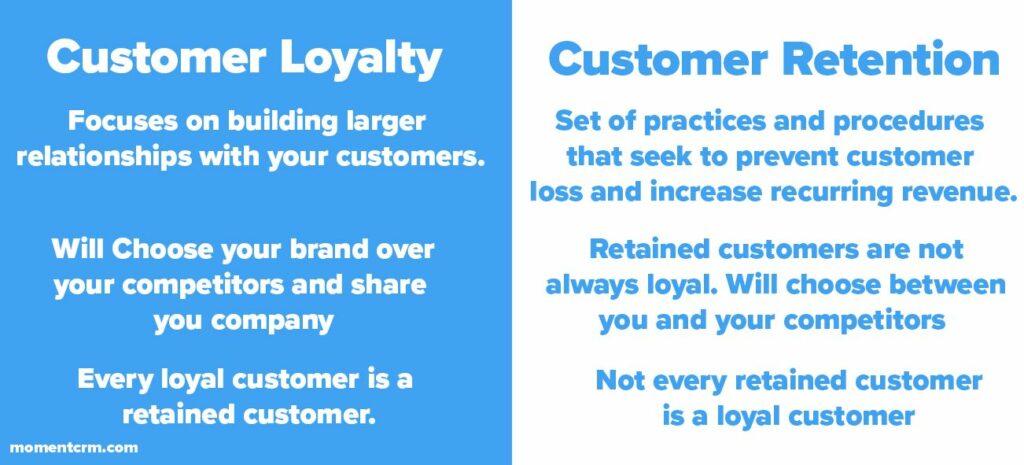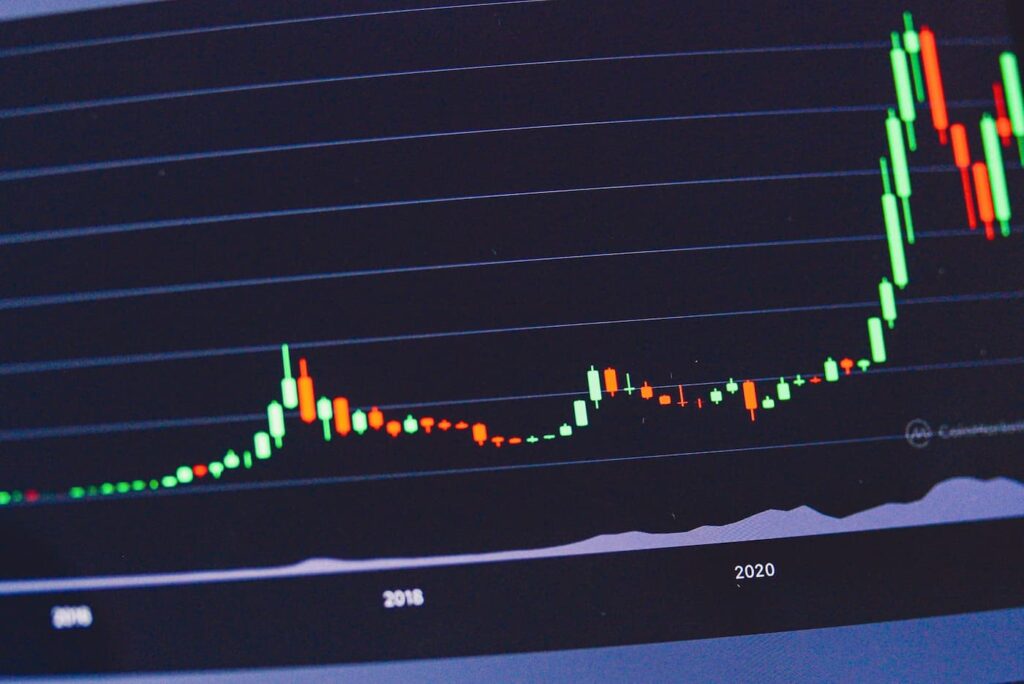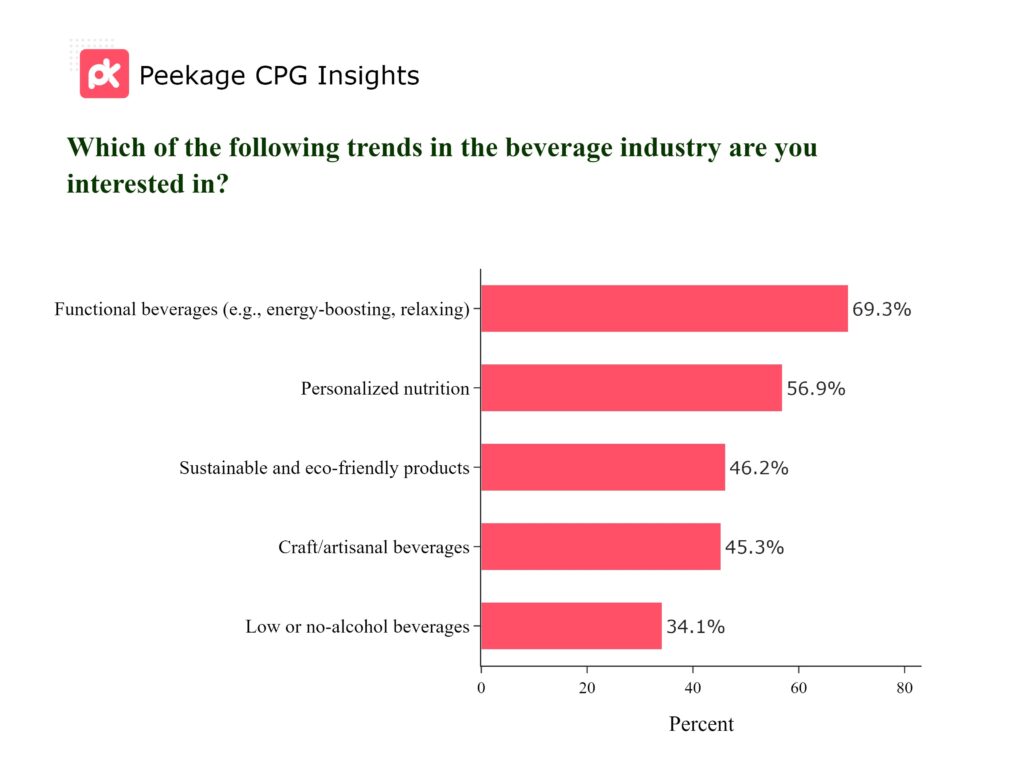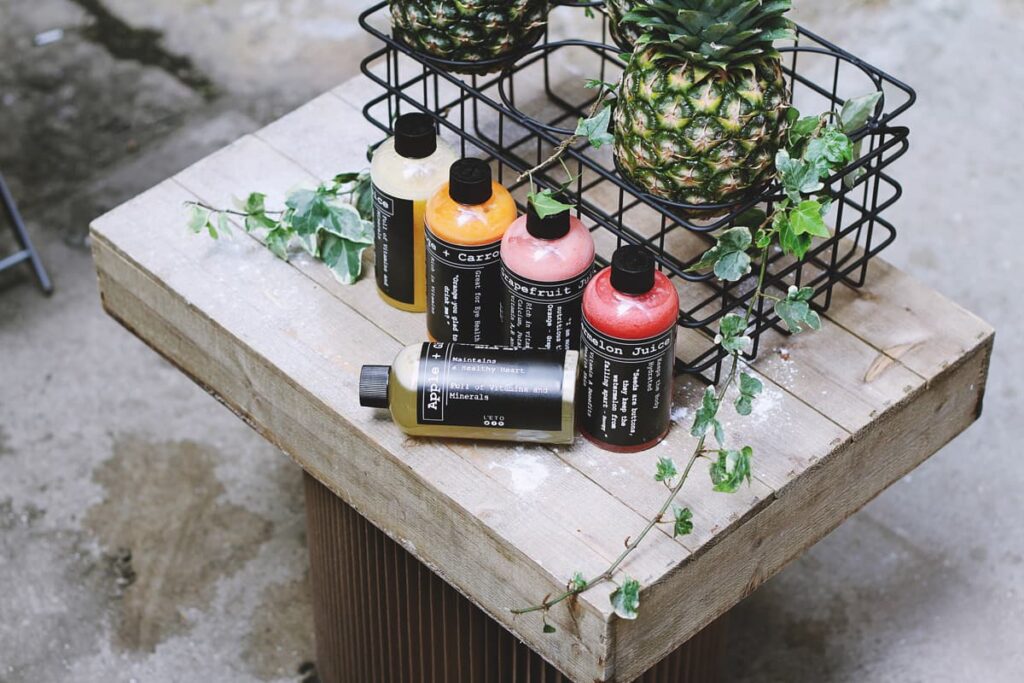Customer loyalty is what will keep them coming back for more. There are numerous types of customer loyalty program examples that you can implement in your business.
Before you do anything, make sure to set aside a portion of your budget for customer loyalty.
In this article, we'll go through the customer loyalty program and why is it beneficial for your business. Moreover, there are some customer loyalty program examples provided and discussed.
What are customer loyalty programs?
A company's program for rewarding loyal customers is called a customer loyalty program. These rewards could be in the form of:
- Special offers
- Money-back guarantees
- Free gifts
- Or other promotions
An efficient customer loyalty program encourages repeat business by rewarding customers who make frequent purchases from a company.
Technically speaking, Customer loyalty is a measurement of a customer's likelihood to do business again with a company or brand.
It's a marketer's dream because acquiring and retaining new customers typically costs much more money than keeping the ones you already have happy.

Customer loyalty, however, is not a given. Brands must actively focus on nurturing customer relationships in order to maintain them because, over time, bad experiences or cheaper competitors can erode loyalty.
How can your business benefit from customer loyalty programs?
Customer retention is not always easy, but data shows that customers who participate in a sustained customer loyalty program spend 67% more. Customer loyalty programs, in fact, are not short-term customer retention strategies.
Customers are more likely to stick with and be loyal to a particular brand when they have access to loyalty programs for a longer period of time. The following are some of the benefits of customer loyalty programs:
- Gain an advantage over the competition
Customers may believe they can save money by choosing your brand over others thanks to a loyalty program.
For instance, many supermarkets use rewards programs to entice customers to visit them for all of their shopping needs. You can attract customers who prefer to save money by outperforming your competition with a better reward program.
- Reward current clients
A loyalty program can be beneficial if you want your current customers to feel good about supporting your brand. You can let them know you value their business by rewarding them for their purchases.
Customers who receive rewards may believe they are saving money, which may encourage them to support your business in the future.
- Increase ROI
Of course, maintaining a consistent flow of income into your company is one of the main reasons to develop a loyalty program.
Giving loyal customers rewards, coupons, and discounts on a regular basis may encourage them to continue using your brand. Even though customers are saving money on your goods and services, discounts may persuade them to purchase more than they otherwise would have.
Your chances of making a sale can be increased just by getting people onto your website or into your store.
- Boost brand reputation
You can enhance the reputation of your brand by developing a customer loyalty program that provides customers with excellent discounts and rewards.
You can target consumers who shop to cut costs and let them know how much you appreciate their help. Customers may also feel more positively toward your brand if they believe it offers them great value.
- Enhance brand relevance
A loyalty program can help your brand remain relevant in addition to consistent marketing. You can remind customers to make purchases from you by updating them on their current reward status.
Similar to this, when a new customer makes a purchase from you, requesting that they join a rewards program keeps them in your sales funnel. This makes it simpler to connect with them and remind them about all the fantastic goods and services you have to offer.
Also read: Differences Between Market Research and Consumer Insights Research; Summarized and Simplified
- Find new customers
These initiatives not only serve your current clientele but can also help you draw in new ones. When people learn about your outstanding loyalty program, they might want to benefit from your discounts.
Some businesses even have referral programs to encourage customers to recommend the business to their friends and family. For every new customer they refer, existing customers receive special discounts and vice versa.
- Cut expenses
It can take a lot of time and money to market to new customers and have sales staff contact them. This is especially true when you're contacting fresh leads who might decide to make other purchases.
You can lower the expenses related to acquiring new customers when your company concentrates on developing a top-notch loyalty program.

- Building mailing lists
You can compile contact details from participants in your loyalty program into a mailing list. Sending mailers and emails to returning customers is now simpler as a result.
You can persuade them to use your brand by providing them with information about the various sales and promotions that are currently running. You can nurture customers by using mailing lists to keep your brand in their minds.
- Create metrics
It is simpler to keep track of your customers' purchases and spending habits when you establish a loyalty program. You can use this information to develop more effective marketing strategies and promotions.
You can discover more about your target market using the data you collect. Asking customers to fill out their addresses and birthdays, for instance, can help you decide which areas and demographics to target.
Best loyalty program examples and breakdown
Customer loyalty programs are one of the most effective strategies for boosting sales and fostering customer loyalty.
Up to 84% of customers claim they are more likely to stick with a company if it has a loyalty program. Additionally, 66% of customers claim that having the option to earn rewards actually alters how much they spend.
Here are some of the best loyalty program examples and various strategies brands have used to help you get some ideas and inspiration. You can design your own distinctive loyalty program that embodies your brand and offers your audience rewards in a manner all its own.
1- Starbucks Rewards: Points-based, app-integrated
One of the most well-known loyalty program examples is run by Starbucks. Starbucks customers who spend money earn "stars" that can be exchanged for free drinks, food, or drink upgrades. Additional "stars" are earned by making purchases on specific days or completing in-app tasks.
For every dollar they spend, members receive two stars. Additional flavors cost 25 stars, brewed coffee or tea cost 50 stars, specialty drinks cost 150 stars, lunch options cost 250 stars, and merchandise costs 400 stars.
Members can choose to use their points as soon as possible or to save them up for greater rewards. The program also encourages app use because it is so seamlessly integrated into the Starbucks app.
Takeaways
Starbucks has a great understanding of how to entice customers to download their app. Members can also use the app to order and prepay for drinks, then pick them up right away in the store.
The program encourages you to set aside money for Starbucks in advance because you must pay with a Starbucks card or the app. What a great way to reward loyalty!
Also read: Seven consumer research methods; 2022 version
2- Amazon Prime: Paid Membership
Amazon's Prime membership program is well-known. Prime members receive unlimited free two-day shipping on millions of items for a fixed annual fee, in addition to other benefits like Prime Day sales and the streaming service that Amazon has added.
Walmart and other retailers present a serious threat to Amazon. The majority of the items on Amazon can also be found elsewhere. They stand out from the competition and persuade customers to buy products only from Amazon by offering Prime. And it works; on average, Prime members spend four times as much as other Amazon customers.
Takeaways
Your loyalty program can become a differentiator and competitive advantage for retailers in related industries where products and price points are very similar across competitors. Offer customers something of value in addition to your goods and services to entice them to shop only with you.
You can give yourself some leeway to provide genuinely beneficial benefits by instituting a membership fee. An upfront cost also motivates customers to expand their spending with you after making a purchase.
3- Sephora Beauty Insider: Points-based, threshold
The three levels of this rewards program by Sephora are determined by how much each member spends in a calendar year.
The basic program is free to join, but you must spend $350 or more to reach the VIB level and $1000 to reach the Rouge level. As you advance to higher tiers, you'll receive better rewards and more points for every dollar spent.
Your purchases give you a set number of points per level, which can then be exchanged for rewards, typically trial- and full-size cosmetics of your choice, including premium brands that the general public cannot purchase. One of the highest-level rewards even includes a complimentary hotel stay and meal from bareMinerals! Some restricted rewards result in donations to deserving charities.
In addition, members receive a choice of birthday presents, and based on their threshold, they may even be granted access to exclusive activities. Rouge-level members have first access to new products!
Takeaways:
Members at Sephora have the freedom to select the rewards they want to buy with their points. In addition, the loyalty program offers members access to a private Sephora community where they can interact with other Beauty Insiders, find inspiration from them, ask questions, and chat with brand representatives. Sephora is aware that creating a sense of community is essential to retaining customers.
4- TOMS: Social Marketing
Speaking of creating unique loyalty programs for each of your customers, TOMS has used its customer loyalty program to positively impact the world. There is no requirement that a loyalty program fit into one of the four categories. It isn't even required to provide a monetary incentive in return for patronage and loyalty.
Customers do not receive a loyalty card from TOMS, nor are there any reward programs. Instead, they make an appeal to the values and worth of their clients.
Through various programs like the One For One shoe donation and profit-sharing with organizations like the Wildlife Conservation Society, customers receive the non-monetary incentive of bringing about change with every purchase.
Takeaways:
The TOMS loyalty program outperforms expectations in terms of efficiency. That is a result of the opportunity they found where a thorough understanding of their customers and a saturated market collide. To stand out in the crowded footwear market, TOMS uses its customers' desire to get more for their money as a differentiating factor.
5- Apple: Product and Customer service quality
Although this example of successful loyalty programs examples is a little different, Apple is one of the brands with the most devoted and devoted customers.
The most creative loyalty program is occasionally none at all. Not every retailer can develop a devoted and loyal customer base—like Apple has—without providing incentives and rewards. But vendors of genuinely distinctive goods can.
Takeaways:
You can do away with a traditional loyalty program entirely by attracting new customers with your product, providing an outstanding customer experience, and providing those benefits with each and every purchase.
What to learn from these loyalty program examples?
You've probably noticed some characteristics that are present in all of these effective loyalty programs. To ensure the success of your program, incorporate the following features.
- Offer rewards that are important to your clients
Customers won't be encouraged to spend more to get desirable rewards if you don't offer them. The rewards offered by each of these programs can excite customers.
Free samples are available at Sephora, Marriott offers longer check-out times, Starbucks offers unlimited free refills, and Amazon offers free deliveries.
Also read: 30 Ways to Actually Increase Sales Online Proven Methods
- Make the bottom tier free
By making the lowest tier of your loyalty program free, you can both show your customers you value them and spread the word about your loyalty program to other customers.
For the lowest tier, Sephora, Starbucks, and Marriott all offer qualifications with no points. Customers may be more inclined to try to advance once they join the lowest tier.
- Make it simple to redeem rewards
Airlines discovered that customers don’t like it when rewards are difficult to redeem. Don't, therefore, give your clients a reason to grumble.
Make sure you can fulfill the commitments you make to members of your loyalty program at every tier.
- Be simple to use both offline and online
Make sure your points are simple to use for in-person redemption if you operate both physical stores and an online store.
Since customers can use their phones to redeem rewards when they pay in person, Starbucks and Sephora are winners in this regard.
- Show each member's points clearly
The amount of loyalty points a member has in their online or mobile app account is made clear to them by each of the loyalty programs we just reviewed.
It's crucial to not overlook this obvious detail. Customers won't know to return to the store to use their points if you don't make it clear that they have any.
- List the rewards of your loyalty program in detail
On each of these brands' websites, there is a diagram or chart that provides an easy-to-understand breakdown.
Make sure to clearly outline each program tier on your e-commerce site so customers can quickly understand the advantages they receive as they make larger purchases.
Final words: How to create the best loyalty program for your business?
A customer loyalty program is an excellent way to attract and retain repeat customers because:
- it encourages engagement,
- increases customer retention rates,
- and provides brands with valuable customer insights.
To strengthen your relationship even further, make each interaction personal and valuable, beginning with personalized emails and product recommendations that ensure customers get exactly what they need.
The customer loyalty program examples explained in this article should provide you with plenty of ideas for your own loyalty program! Using these successful loyalty program examples as a guide, select the structures and rewards that you believe will work best for your company, and ensure that your loyalty program is simple to understand.




